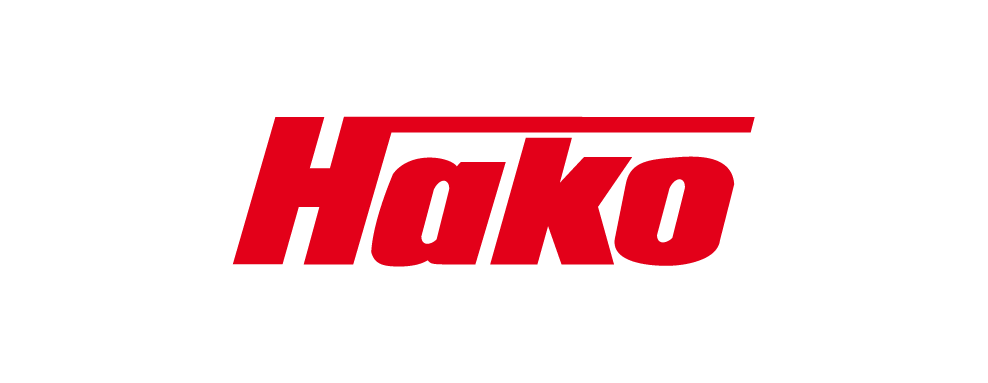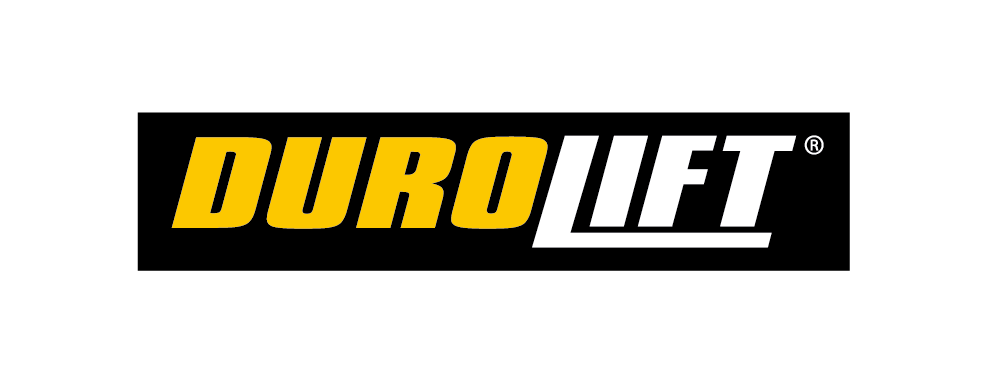Warehouse real estate prices go through cycles. However, in general, it’s an upward spiral of ever-rising prices. And these rises have a significant impact on the way distribution firms make strategic business decisions: on inventory levels, physical location, staff levels, and on capital investment in racking, technology and materials-handling equipment.
Companies that operate large distribution centres constantly strive to optimise usable floor and volume space — this goes for every company that wants to remain competitive. It’s true to say that warehousing and distribution companies that do not change and adapt from old methodologies of 30-years ago will not be around for long.
Fast disappearing are conventional methods of materials handling. These are being overtaken by new technologies and machinery — warehouse management software, robotic vehicles, and specialised handling equipment, and custom-designed racking solutions — that promote high efficiency, quicker throughput, precision picking and maximum safety. And along with all the new technologies come ever-taller warehouse buildings, narrower aisles.
Reaching for the Sky
Modern warehouse design is driven by economics and efficiencies. Ceilings are getting ever higher — reaching up to 12m. Along with these dizzy heights, goes the need for specialised equipment to safely reach inventory stored at the uppermost levels.
Together with higher ceilings is the move towards narrow and very narrow aisles. Aisle sizes are typically defined as Standard: 4 – 4.6m, Narrow: 2.4 – 3m, and Very Narrow: around 2m. Racking manufacturers have cleverly designed strong, safe, flexible and adaptable racking systems to take advantage of the greater heights and narrower aisles.
But of course, not all warehousing and distribution operations can, or indeed need to go ever narrower and ever higher. Narrow aisle designs and extreme heights don’t work in all situations.
High-throughput and bulk, palletised inventory relies on bi-directional counterbalanced forklift traffic for maximum efficiency; therefore, wider aisles are mandatory. And storing heavy weights at great heights has risks. Narrow and very narrow aisle configurations work best in a moderate to low throughput of smaller-sized inventory items, and with a single flow traffic route.
A Word to the Wise
Higher ceilings and narrow aisles can create un-thought-of access, safety, and productivity issues along with the maximised floor space and volume. It is more challenging to retrieve inventory items stored high up. This can be due to visibility or reach issues, but also to operator skill and the ability to ensure level forks at greater heights; risking inventory damage or worse.
Also, the impact of summer heat and humidity — even in very well insulated warehouses — is proven to reduce employee productivity. And of course employee welfare in today’s HSE-compliant environment is paramount. At greater heights and in more densely packed warehouses, sophisticated and efficient ventilation solutions are required.
The Right Equipment for the Job
New technologies in materials-handling equipment have evolved that provide better performance, flexibility, visibility, stability, and safety; leading the drive for greater distribution efficiency. No matter what warehouse size or configuration a firm utilises, industry-leading companies — like Linde — offer highly specialised equipment to navigate standard, narrow, and very narrow aisle configurations, and ever-higher warehouse ceilings.
With so many innovations in materials-handling equipment across today’s warehousing and distribution industry, maintaining the status quo is simply not a viable option.













